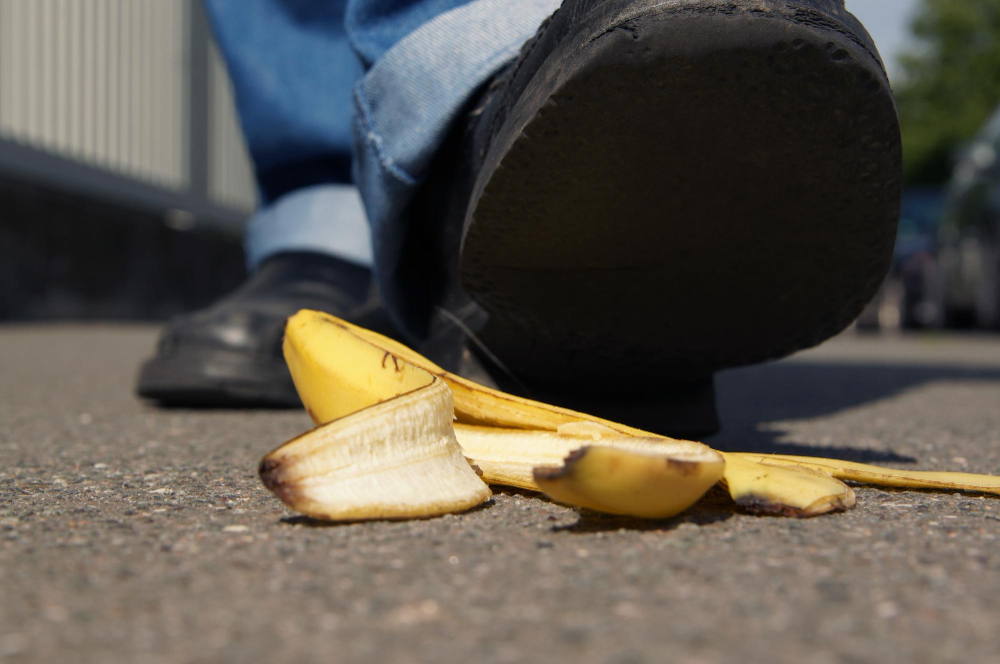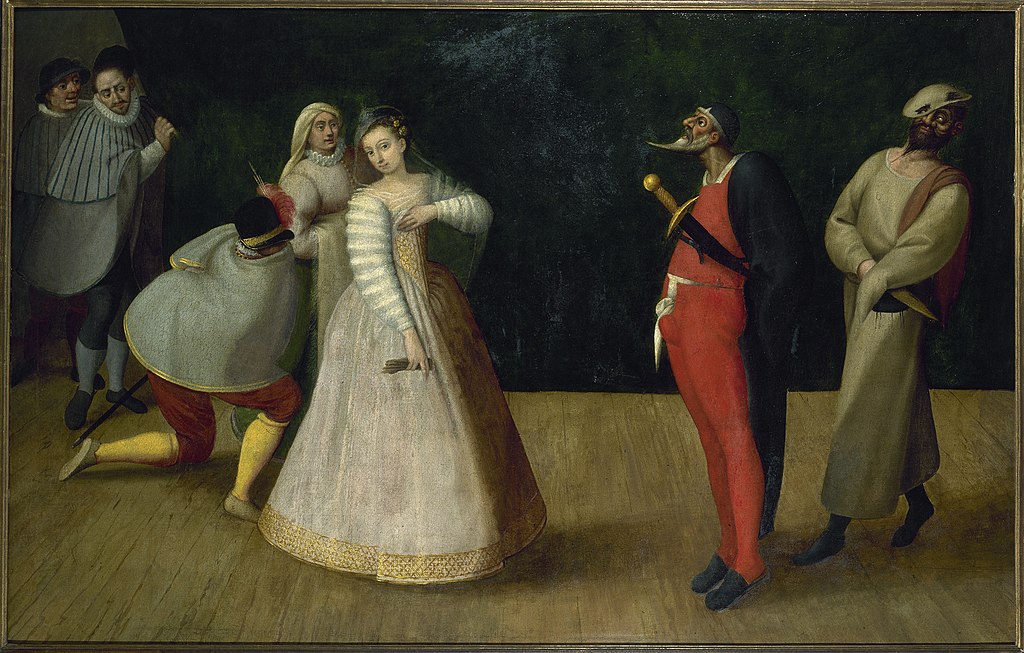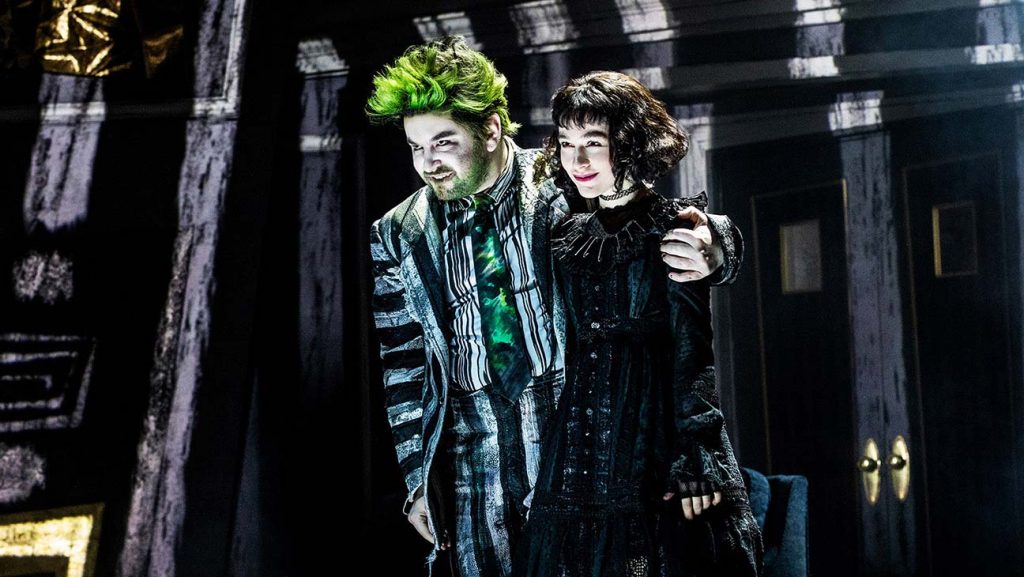
Dramatic Conventions: Slapstick
Have you ever burst into laughter watching someone slip on a banana peel, get a pie thrown in their face, or take a comically exaggerated tumble? Then, my friend, you’ve been charmed by the world of slapstick! From silent film stars to modern sitcoms, slapstick comedy has been tickling our funny bones for ages. But what exactly is slapstick, and why is it such an enduring form of entertainment? Let’s take a comedic dive into this delightful dramatic convention!
What’s in a Name?
“Slapstick” might sound like a quirky term, but it has its roots in theatre. The name comes from a device used in Commedia dell’arte: two wooden slats that produce a loud slap sound when struck. This “slap stick” was used for comedic effect, especially when characters got a playful (and loud) smack!
The Essence of Slapstick
At its heart, slapstick revolves around physical humour and exaggerated actions. But there’s more to it than just pratfalls and pie-throwing:
1. Exaggeration is Key
The actions in slapstick are heightened to the extreme. A simple stumble isn’t enough; it has to be a dramatic, flailing tumble!
2. Timing is Everything
The success of a slapstick gag often hinges on impeccable timing. The unexpectedness, the rapid succession of events, and the rhythm all play crucial roles.
3. It’s (Mostly) Harmless
Despite the tumbles, smacks, and crashes, characters in slapstick comedies rarely get seriously hurt. The violence is cartoonish and without lasting consequences.
4. Visual Comedy
Slapstick is predominantly visual. It transcends language barriers, making it universally funny.
Slapstick’s Shining Stars
Throughout history, certain performers and creators have become synonymous with slapstick:
- Charlie Chaplin: The silent film star, with his iconic moustache and cane, brought slapstick to the silver screen with memorable antics and heartwarming humour.
- Buster Keaton: Known for his deadpan expression and incredible physical stunts, Keaton was a master of the genre.
- The Three Stooges: This trio took slapstick to new heights with their hilarious and often chaotic routines.
- Modern Takes: Shows like “Mr. Bean” and movies like “Dumb and Dumber” continue the slapstick tradition, proving its timeless appeal.
Why We Love Slapstick
Slapstick connects with something primal in us. The unexpectedness, the release of tension, and the sheer silliness tap into our innate sense of joy. It’s a reminder not to take life too seriously and to find humour in the absurdity of everyday situations.
Conclusion
Slapstick is a testament to the power of laughter. It’s a genre that’s been around for centuries and will likely continue to entertain for many more. So, the next time you watch someone take a comedic tumble or receive a pie to the face, remember the rich history and artistry behind that gag. And most importantly, don’t hold back that laugh!






